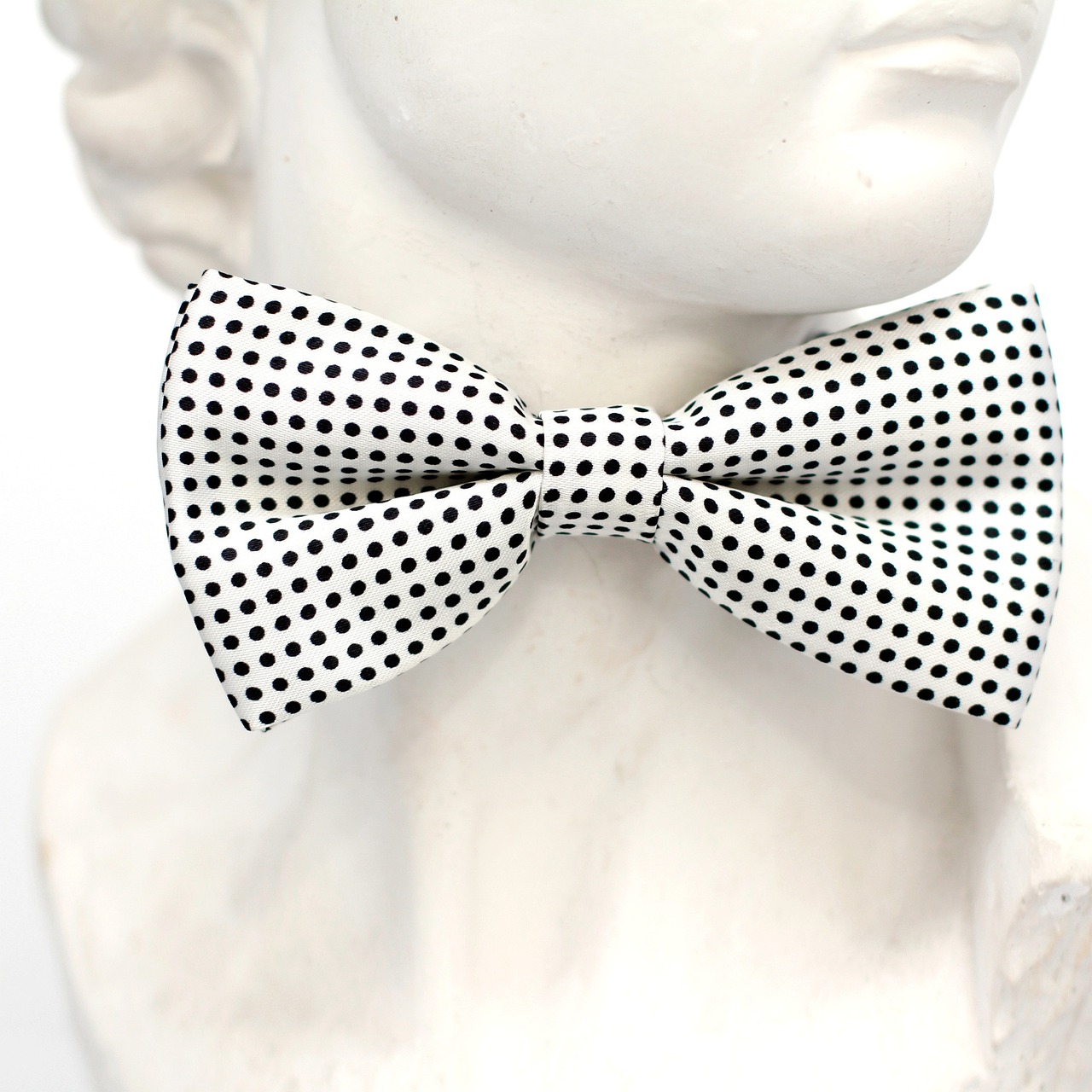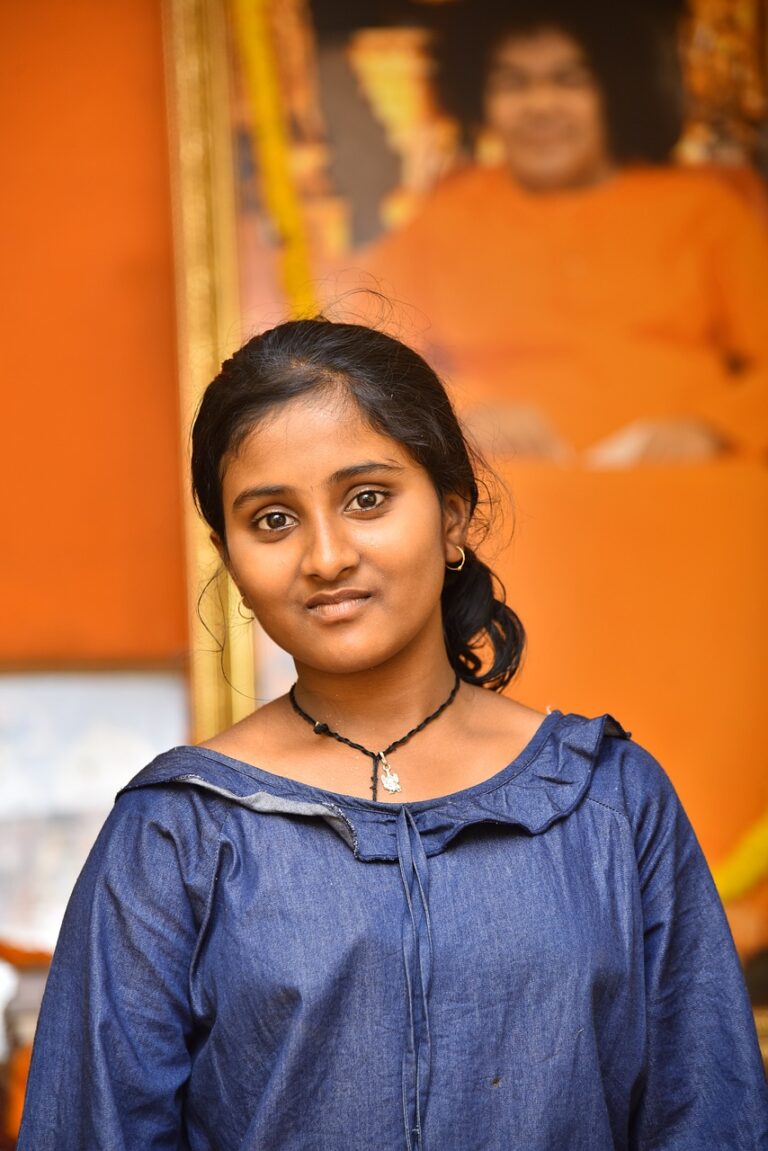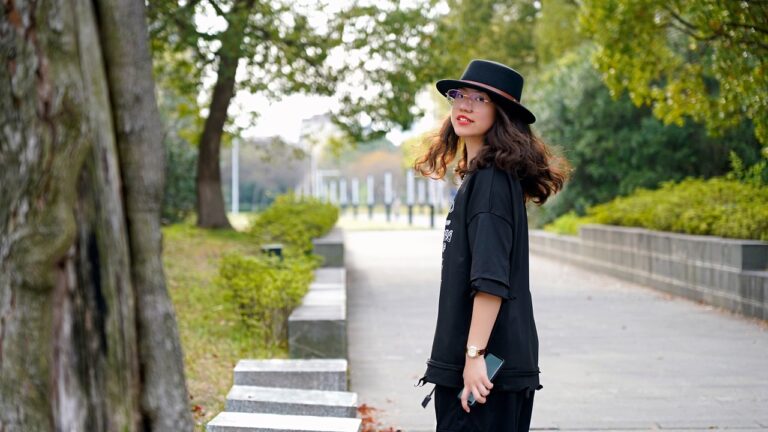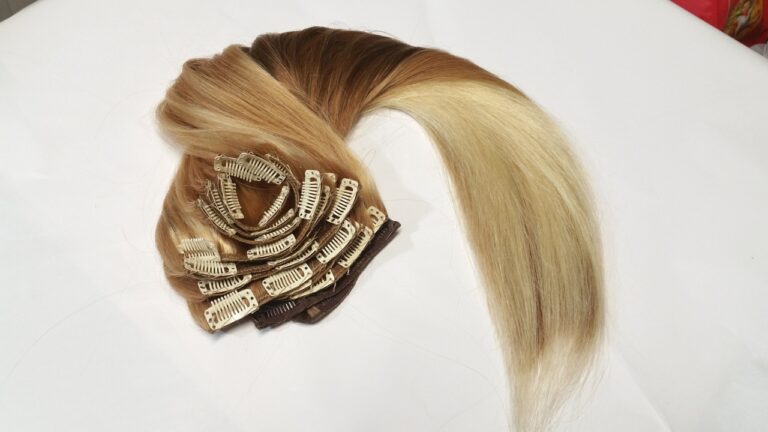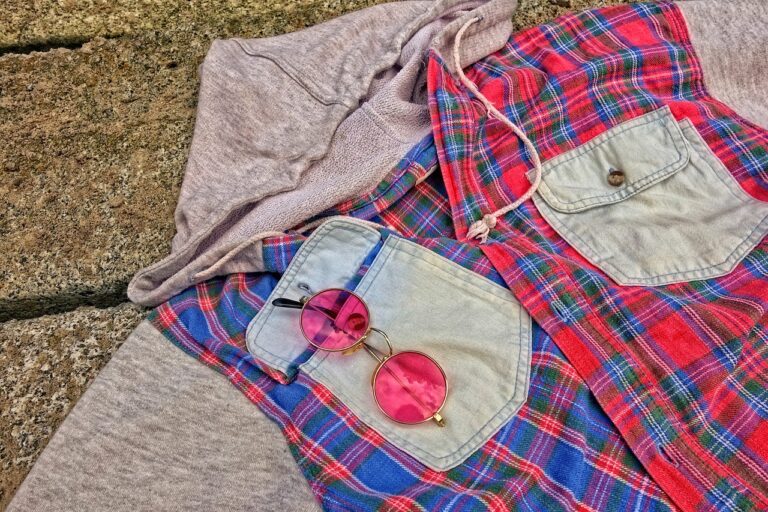Fashion and Cultural Influences: Traditional Textiles in Modern Design
In the world of fashion, traditional textiles have long served as a source of inspiration and creativity. From ancient civilizations to modern-day designers, traditional textiles from various cultures around the globe have influenced the way we dress and express ourselves through clothing. In this article, we will explore the rich history and cultural significance of traditional textiles and how they continue to shape modern fashion design.
History of Traditional Textiles
Traditional textiles have played a significant role in the cultural heritage of societies around the world for centuries. From the intricate weaving techniques of the Andean peoples to the vibrant batik prints of Southeast Asia, traditional textiles reflect the history, values, and identity of a particular culture. These textiles are not only beautiful works of art but also serve as a means of communication and storytelling.
Throughout history, traditional textiles have been used for various purposes, including clothing, ceremonial attire, and household items. The techniques and designs used in creating these textiles often have symbolic meanings and carry cultural significance. For example, the use of specific colors or patterns may represent a particular tribe or social status within a community.
Traditional Textiles in Modern Fashion
In recent years, traditional textiles have made a resurgence in the world of fashion, as designers draw inspiration from the rich cultural heritage of different regions. From high-end fashion houses to indie designers, traditional textiles have been incorporated into modern designs, creating a fusion of old and new styles.
One of the reasons why traditional textiles have become popular in modern fashion is their unique aesthetic appeal. The intricate patterns, vibrant colors, and rich textures of traditional textiles add a sense of authenticity and craftsmanship to contemporary designs. By integrating traditional textiles into their collections, designers are able to create pieces that are not only visually stunning but also carry a powerful cultural narrative.
Cultural Influences in Fashion Design
When designers incorporate traditional textiles into their designs, they are not simply borrowing from another culture; they are paying homage to the rich history and artistry of that culture. By showcasing traditional textiles in their collections, designers are able to celebrate diversity and promote cross-cultural understanding.
Moreover, the use of traditional textiles in modern fashion serves as a form of cultural exchange, allowing designers to collaborate with artisans and craftspeople from different regions. This collaboration not only helps preserve traditional textile techniques but also provides economic opportunities for communities that rely on these crafts for their livelihood.
Examples of Traditional Textiles in Modern Design
There are numerous examples of traditional textiles being incorporated into modern fashion design. For instance, the ikat weaving technique, which originated in Central Asia, has been used by designers such as Oscar de la Renta and Diane von Furstenberg in their collections. The bold colors and geometric patterns of ikat textiles add a contemporary twist to classic silhouettes, creating a modern yet timeless look.
Another example is the use of African wax prints in contemporary fashion. African wax prints, which are a type of colorful and often geometric fabric, have been popularized by designers such as Stella Jean and Duro Olowu. These vibrant prints have been used to create statement pieces that celebrate African culture and heritage.
Impact of Traditional Textiles on Sustainable Fashion
In addition to their cultural significance, traditional textiles also play a key role in promoting sustainable fashion practices. Many traditional textile techniques are passed down through generations and are rooted in environmentally-friendly practices. For example, natural dyes derived from plants and minerals are often used in traditional textiles, reducing the environmental impact of the dyeing process.
Furthermore, traditional textiles are often made by hand using traditional weaving techniques, which helps preserve these artisanal skills and supports local communities. By incorporating traditional textiles into their collections, designers are able to promote ethical production practices and support sustainable fashion initiatives.
FAQs
Q: How can designers ethically incorporate traditional textiles into their collections?
A: Designers can ethically incorporate traditional textiles into their collections by sourcing materials from reputable suppliers who adhere to fair trade practices and support artisan craftsmanship. It is important to respect the cultural significance of traditional textiles and collaborate with communities to ensure that their cultural heritage is preserved and celebrated.
Q: What are some ways consumers can support sustainable fashion through traditional textiles?
A: Consumers can support sustainable fashion practices by choosing clothing made from traditional textiles that are crafted using environmentally-friendly processes. By purchasing ethically-made garments, consumers can help promote fair trade practices and support artisans and craftspeople from different regions.
Q: How can traditional textiles contribute to the diversity and inclusivity of the fashion industry?
A: Traditional textiles can contribute to the diversity and inclusivity of the fashion industry by showcasing the unique cultural heritage of different regions and communities. By incorporating traditional textiles into their collections, designers can celebrate diversity and promote cross-cultural understanding within the industry.
Overall, traditional textiles continue to play a vital role in shaping modern fashion design, providing a bridge between the past and the present. By incorporating traditional textiles into their collections, designers are able to create pieces that not only look beautiful but also tell a powerful cultural story. With a growing emphasis on sustainability and ethical production practices, traditional textiles are poised to become even more prominent in the world of fashion, offering consumers a chance to support artisan craftsmanship and celebrate the rich diversity of cultures around the globe.

